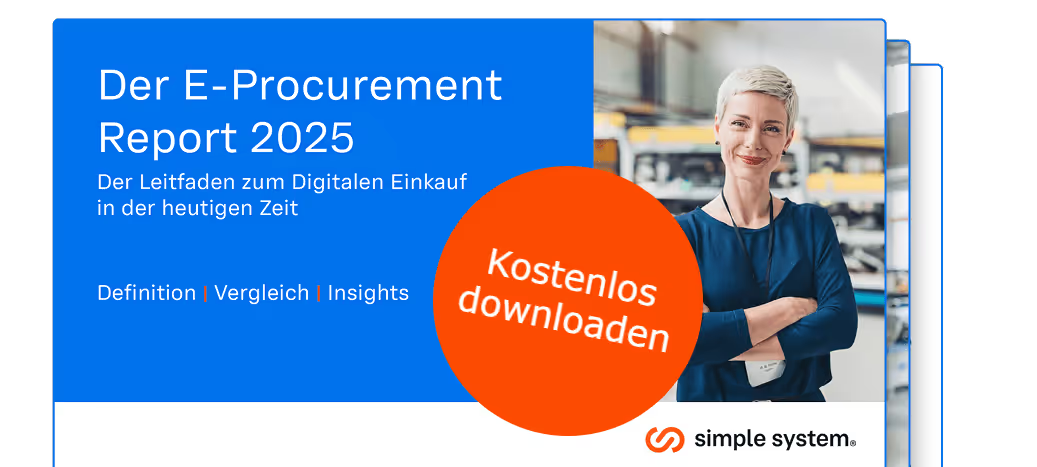Procurement platforms often focus on C-parts and indirect procurement. But how do A, B and C parts actually differentiate themselves from one another? What challenges does the purchasing department face when it comes to procurement? And what does “indirect procurement” mean? Here is a disambiguation.
A parts
Both A and B parts are relevant to the product, usually also C parts. So they become part of the final product. A-parts are a few, central elements with an increased cost. The number of suppliers is typically limited to 5 to 10. Several departments are involved in procurement, so that interdisciplinary coordination is necessary. Timely scheduling is a challenge, as stocks are not available or only available to a small extent due to the high-cost price; scheduling can be supported by the ERP system, which uses order planning to output demand at the respective production times.
In the area of A-parts, the tasks of the purchasing department include selecting strategic suppliers, tendering supply contracts, concluding framework contracts and volume contracts to ensure availability. In view of the high cost prices, it is important to achieve significant savings in negotiations in order to ensure the profitability of the company and the price competitiveness of the end product.
B parts
B-parts are used in higher numbers than A-parts, but these are available at a medium cost. Accordingly, these are kept in stock and scheduling must ensure a minimum inventory. The number of suppliers usually comprises 25 to 30 providers, who are selected and contracted similar to A-parts. Here too, savings on the cost price are an significant contribution to securing margins.
C parts
The C-parts category comprises numerous articles with a low-cost price, which are procured from a variety of suppliers — more than 100 suppliers can quickly be involved. Savings can hardly be generated unless purchasing volumes are bundled and suppliers are consolidated. Compared to the cost price, process costs — from determining requirements to selecting suppliers to initiating the order — are therefore more important than benefits in the cost price. Procurement platforms such as simple system therefore support procurement with a clear focus on process efficiency.
Indirect procurement
This involves the procurement of products that are not themselves part of the end product, but are required for production in the broadest sense. This includes lubricants and filters for machines as well as lab coats and disposable gloves, but also office supplies, hygiene items and cleaning supplies. This segment therefore comprises a wide range of products from many sources (in some cases more than 500 suppliers) with various procurement activities, up to Maverick buying, i.e. “independent purchasing,” past the purchasing department or without using existing supply contracts. If the term is defined even more broadly, indirect procurement can also include simple service orders, such as repair requirements for facility management.
Similar to C-parts, savings can be generated almost exclusively through supplier consolidation and the more important factor is to improve process efficiency, for example through the use of procurement platforms. Because of this similarity, C-parts procurement and indirect procurement are sometimes equated, although, strictly speaking, they concern different product areas. While A and B parts are considered core requirements, C-parts and indirect procurement products are marginal requirements. They are at the centre of the following explanations.

Einkaufen & sparen
Erfahren Sie, wie es geht, in unserem kostenlosen E-Procurement-Report. Jetzt kostenlos und unverbindlich herunterladen.
Jetzt lesen








